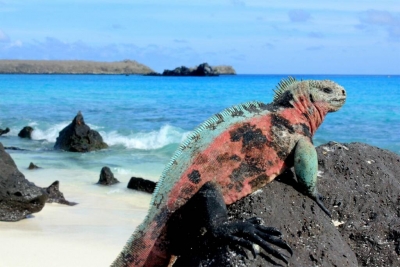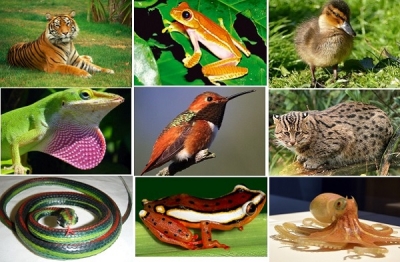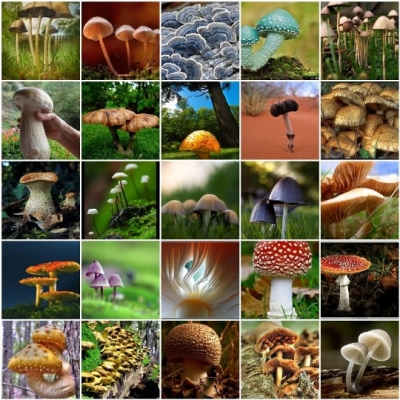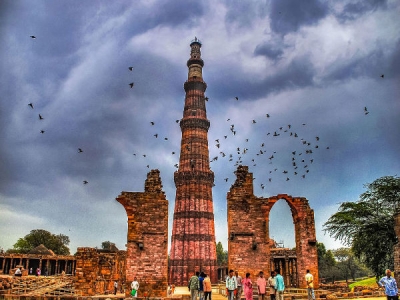
Spanning 8,000 sq.km., the Galapagos Islands is an archipelago located in the Pacific Ocean. It is situated about 1,000 km from mainland Ecuador, the country it is part of. It comprises more than 100 islands, including a few that are inhabited. As much as 97% of the total area of the archipelago has been declared a National Park (human occupation in the region occurs in the rest of the 3%). The areas surrounding the region have been declared a marine reserve, and are one of the richest marine ecosystems in the world. The region nurtures hundreds of plant species, a dozen native land mammal species, over 35 reptile species and nearly 3,000 marine species. It is home to unusual wildlife such as marine iguanas, giant tortoises, and flightless cormorants. The region today faces several threats, including unsustainable and illegal fishing practices. Such practices endanger both native and migratory species. So, to protect the islands, scientists, conservationists, and NGOS have been calling for the expansion of the current Galapagos Marine Reserve to protect an additional 4,00,000-odd sq.km.
Wildlife
Ducks, teals, pintails, shovelers, junglefowl, grebes, flamingoes, penguins, albatrosses, petrels, shearwaters, tropicbirds, frigatebirds, boobies, cormorants, pelicans, herons, egrets, ospreys, crakes, hawks, gallinules, coots, stilts, oystercatchers, plovers, godwits, sandpipers, phalaropes, skuas, gulls, terns, pigeons, doves, cuckoos, owls, swifts, kingfishers, flycatchers, swallows, martins, mocking birds, warblers, and finches are among the several species of birds found in the Galapagos Islands. The mammals seen in the region include several species of whales, including killer whales, sperm whales, blue whales, and humpback whales, dolphins, sea lions, seals, rodents, and bats. The reptiles include tortoises, sea turtles, marine iguanas, land iguanas, geckos, lava lizards, and sea snakes.
Did you know?
- It was the birds and animals in the Galapagos Islands that helped Charles Darwin come up with the ground, breaking Theory of Evolution”, dramatically altering the way humankind had perceived its own history till then.
- According to a 2019 study, the waters off the Galapagos Islands have about 10 times more alien marine invertebrates than previously recorded. It recorded as many as 53 non-native marine invertebrates off two islands in the archipelago. The number of such species known earlier was just five! Researchers are convinced there are certainly more such creatures in the region waiting to be discovered.
- While the Great Barrier Reef is perhaps the most popular for coral reefs, the Galapagos hosts its own share of such reefs too. However, the El Nino event in 1982-83 is said to have wiped out about 90 % of shallow-water corals in the islands. To add to the problem, there were El Nino events in 1997-98, and 2015 too. However, towards the end of December 2017, a reef project carried a study in the region, and made a delightful discovery that corals were thriving in some of the remotest islands of the Galapagos.
- In a study involving sperm whales and spanning nearly three decades, researchers discovered that “two clans dominated the waters near the Galapagos decades ago, but whales from across the Pacific basin”. For the discovery, the team studied distinctive communication clicks among sperm whales to track several cultural clans in the Pacific Ocean”.
- In 2016, scientists discovered that two subspecies of the songbird vermilion flycatcher-found only on the Galapagos Islands-were actually two species, and gave them two different names too. While one of them Pyrocephalus nanus is commonly found in the region, the other Pyrocephalus dubius was last seen in 1987, and is, sadly, perhaps, extinct. The study used “molecular data from samples of museum specimens.”
Picture Credit : Google











